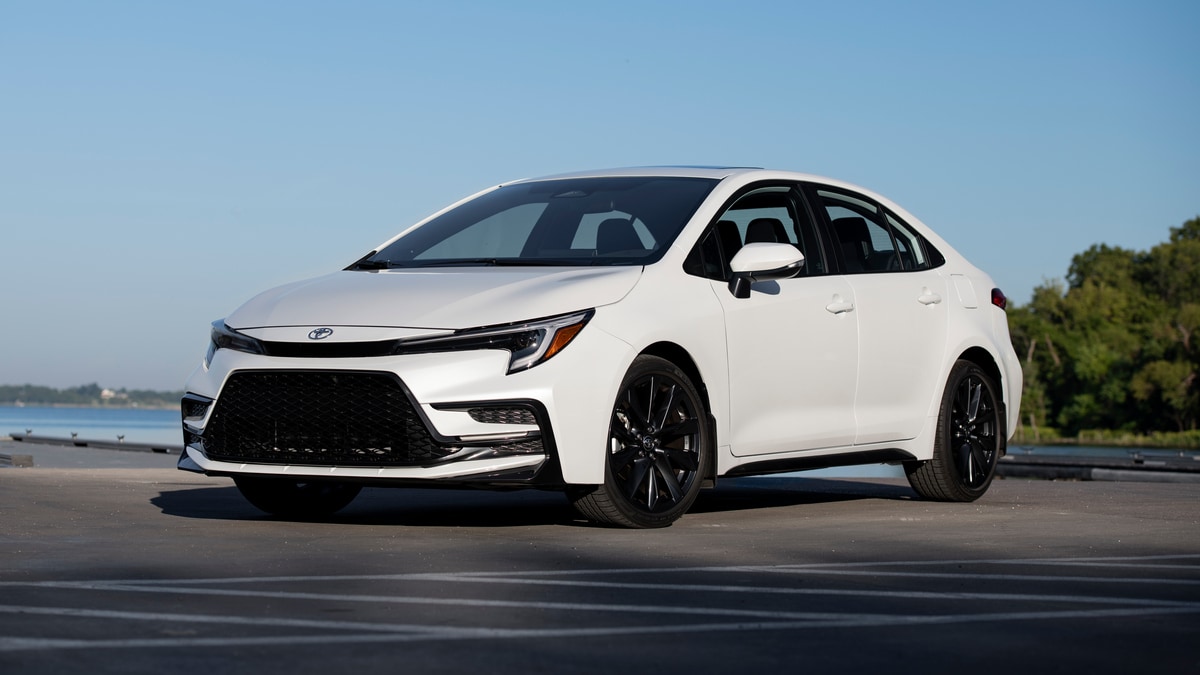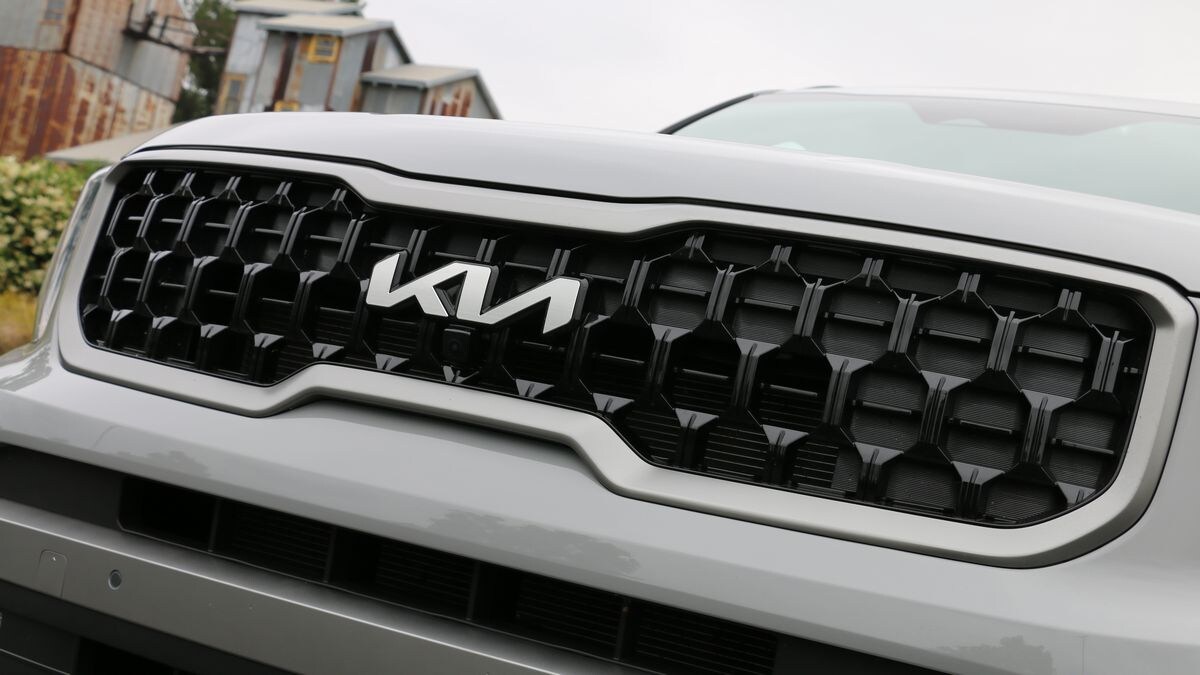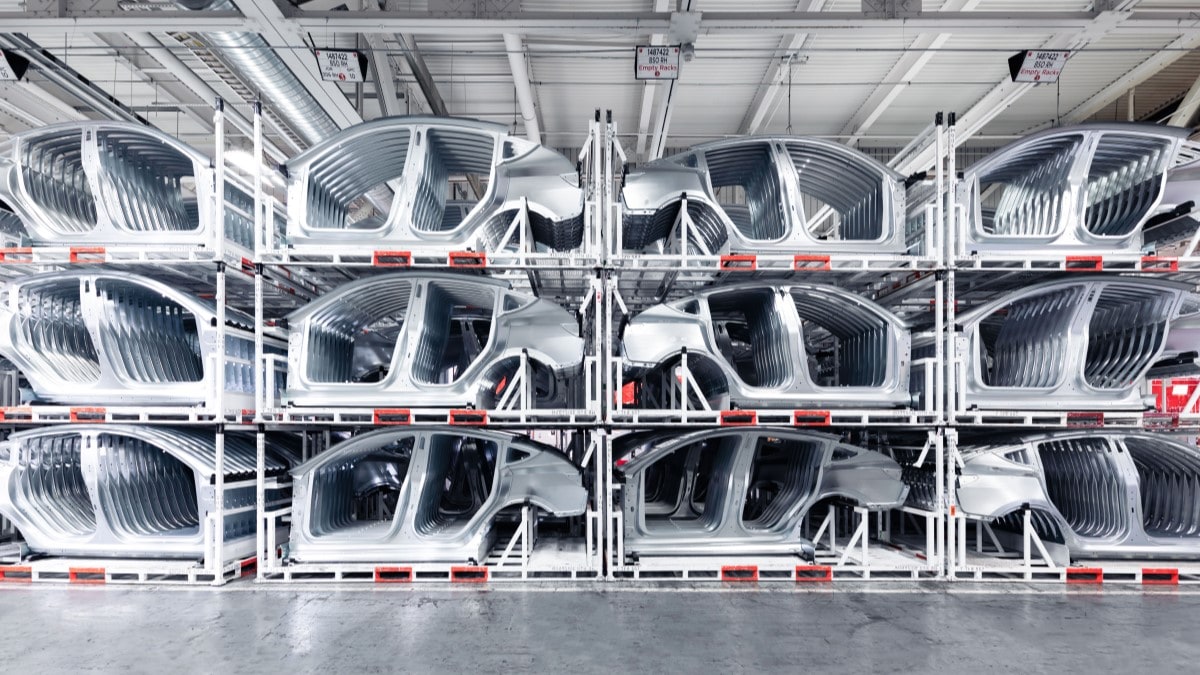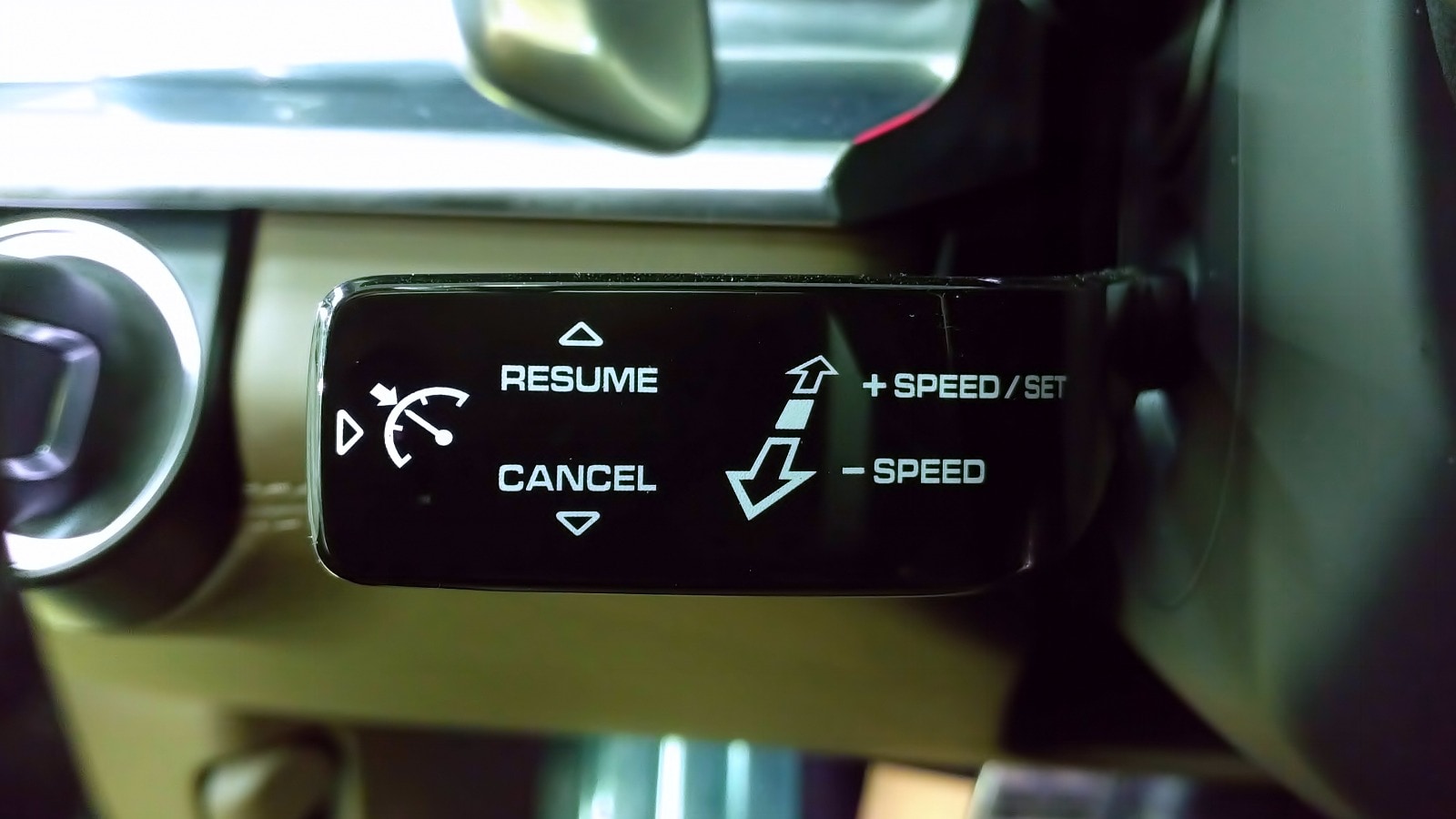When Toyota’s production and sales teams met earlier this month, the production folks learned something they weren’t expecting. “The number of requests for Corolla was a bit surprising,” Andrew Gilleland, head of automotive operations for Toyota Motor North America, told industry publication Automotive News.
“The reason,” he says, is that car shoppers are “looking for an affordable entry point, and the regions are seeing the value in that.” Toyota has just a 6-day supply of its affordable, compact Corolla in the United States. Automakers aim for about a 60-day supply.
It’s not just the Corolla. Toyota’s RAV4 compact crossover sold record numbers last year. It was America’s fourth-best-selling vehicle and narrowly missed knocking the Ram 1500 off the bronze pillar of the medal stand. No vehicle other than a full-size truck has finished in the top three in a decade.
It’s not just Toyota, either. Andrew Savvas, Volkswagen’s head of U.S. sales, told AN that Volkswagen is seeing a sales surge for its entry-level Taos and Jetta models.
At Chevrolet, the recently redesigned Trax subcompact SUV, with its sub-$25,000 starting price — didn’t merely outperform expectations. It outperformed brands. Americans bought about 38,000 Trax SUVs and fewer than 36,000 Cadillacs in the third quarter. The Trax almost outsold the entire Buick lineup, too.
Americans are shopping for inexpensive cars again.
Automakers Build Many Expensive Cars, Few Inexpensive Ones
Automakers have gradually abandoned the inexpensive car segment in recent years. As they’ve trimmed the inexpensive models, they have added costlier ones.
In December 2017, automakers sold 36 models priced at $25,000 or less. By December 2022, they sold just 10. Under $20,000, Americans have just five options – the Kia Rio, Kia Soul, Hyundai Venue, Mitsubishi Mirage, and Nissan Versa.
Unconfirmed reports say both the Rio and the Mirage may be on the chopping block.
The trend isn’t irrational. Sales of new vehicles priced below $25,000 fell by 78% between 2017 and 2022.
Sales of new cars priced over $60,000 have soared, rising 163% in the same period.
Automakers responded by building more of them. In December 2017, automakers offered 61 models for sale with sticker prices of $60,000 or higher. Five years later, they offered 90.
How Automakers Misread This Market
Americans have increasingly rich tastes in cars. More than one in five new cars sold in the last two months came from a luxury sales lot.
High interest rates also contributed to a market where only high-income, strong-credit buyers could easily shop for new cars.
Automakers tailored their lineups to chase those buyers.
The Federal Reserve spent much of 2023 raising rates to put the brakes on inflation. It stopped in July but continued issuing cautionary statements that it was willing to raise rates further if that’s what it took to bring prices under control.
“At the beginning of the year, the interest rates weren’t as high. Customers were looking for vehicles [with] more equipment,” Judy Wheeler, Nissan Division’s U.S. sales and regional operations vice president, told AN.
“Because of that, we probably got too high on [supply of] some vehicle lines.”
But interest rates have begun to fall. The Fed hasn’t lowered rates. But, with its new policy of stability, lenders are lowering them themselves.
That’s calling to shoppers who avoided dealerships during the worst of the inflation spiral.
“There are still consumers that didn’t buy a car in the last two years,” Volkswagen’s Savvas says, “and they’re back in the market.”
Analysts from Kelley Blue Book parent company Cox Automotive expect a gradual return to a buyer’s market in 2024.
“Improved confidence about the economy and relatively strong jobs market with increasing wages, coupled with slightly better financing conditions, will help the new-vehicle market grow modestly in 2024,” says Cox Automotive senior economist Charlie Chesbrough.
A recent Cox Automotive study found car dealer sentiment near all-time lows. Dealers expect a less profitable year, as they are forced to discount cars to compete for sales and make their margins on less profitable models.
But they need to have those less-expensive models in stock to sell them. Automakers may have to rework production plans to make that happen.




